Trump joins a long list of American leaders to be shot
So many guns and a divided United States was always going to a combustible equation, but Sunday’s shooting shocked the world.
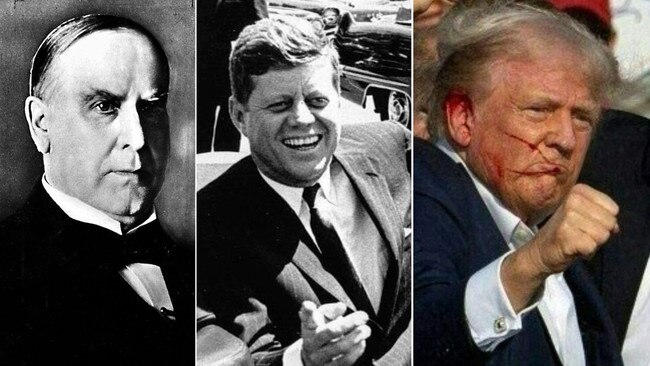
Earl Warren, who chaired the investigation into the 1963 assassination of President John F. Kennedy, wrote in his report the following year that the murder “was a cruel and shocking act of violence”. It was.
All assassinations are.
The US is more divided than at any time since the fractious years when the civil rights movement dominated the political agenda.
There are 330 million people in the US and 120 guns for every 100 of them. Just more than 3.5 million Americans will be born this year and another 16.2 million guns will be sold.
When you consider this combustible equation, Sunday’s (Saturday night, US time) attempted assassination of former president Donald Trump is not so surprising, but it does not diminish the shock of it.
The Secret Service was formed in 1865, three months after the assassination of President Abraham Lincoln, but although its role now is to protect the president and the vice-president and their families, that was not the original purpose.
Lincoln’s successor, Andrew Johnson, initiated the Secret Service to help stamp out the counterfeiting of currency. At the end of the Civil War, up to a third of the notes in circulation were forgeries.
But with the 1901 assassination of President William McKinley – and counterfeit currency largely eliminated – the Secret Service was reassigned to provide protection for the US leader and the vice-president and their families. This protection has been extended to former presidents, leading candidates and foreign dignitaries.
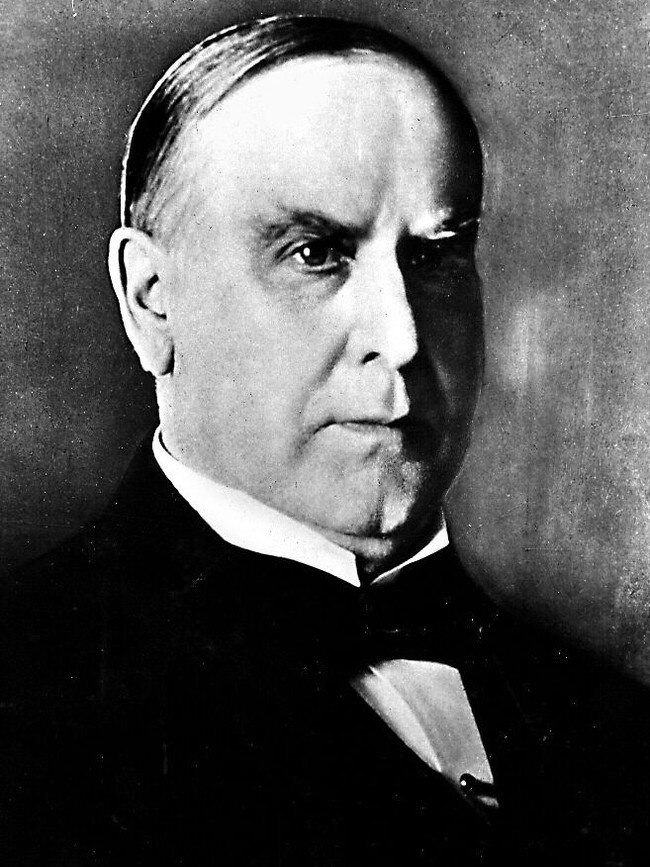
McKinley’s death occurred 20 years after the assassination of President James A. Garfield.
Three US presidents had been killed in office in less than 40 years, and the US understood it had to provide better protection to its elected leaders.
Abraham Lincoln’s murder at the hands of John Wilkes Booth in 1865 followed the Confederate sympathiser’s earlier plan to kidnap the president and exchange him for jailed Confederate soldiers. This plan changed when Booth, a popular actor, attended the president’s final public address, and became enraged when Lincoln, who not only had started to abolish slavery, suggested that some blacks, particularly former Civil War soldiers, might be given the right to vote.
Booth shot the president with a 44-calibre Deringer at Washington’s Ford’s Theatre on April 14, 1865. Lincoln lived another nine hours and died the next morning.
Booth was shot dead by a Union soldier 11 days later and four men who were aware of his plan were hanged.

Garfield was killed by failed lawyer and preacher oddball Charles Guiteau, who now is believed to have suffered from neurosyphilis, a central nervous system infection suffered by those with advanced syphilis. Guiteau’s father believed his son was possessed by, or was, the devil. He had delivered (plagiarised) speeches in support of Garfield and imagined he had swung the election in favour of Garfield, a successful preacher, lawyer and Civil War general. In letters to Garfield, and doorstopping his cabinet members, he demanded to be made ambassador to France.
Almost penniless towards the end, Guiteau somehow raised enough dollars to buy a British Bulldog revolver. They came with wooden grips, or, for a dollar more, an ivory-inlaid handle. Guiteau wanted that because he imagined that in future the murder weapon would be on display in a museum. The gunshop owner waived the extra payment and gave Guiteau the expensive model. Years later it was presented to the Smithsonian Institution, which promptly lost it.
On the gallows nine months later, Guiteau asked if he might recite a poem he had written that morning called I Am Going to the Lordy. In addition, he asked if he might be accompanied by an orchestra. That was denied and moments after he uttered the final verse, that began with the words “I wonder what I will see when I get to the Lordy”, he found out.
McKinley’s fate was linked to the rise of European anarchy in the US in which migrants working in Chicago on May 4, 1886, marched in support of an eight-hour day. One protester threw a bomb at police and in the riot that followed seven police officers and four protesters died. In the highly charged court case that followed, seven anarchists were sentenced to hang, but one took his life in jail.

McKinley’s killer was inspired by a speech delivered by Lithuanian migrant and anarchist Emma Goldman. She and her would-be revolutionary boyfriend Alexander Berkman sought to assassinate the boss of United States Steel, Henry Frick, who owned the company with his good mate Andrew Carnegie – two of the richest men in America. Berkman shot Frick twice and stabbed him four times, but Frick survived. Berkman was jailed for 22 years so Goldman tried to start a one-woman revolution. Polish migrant Leon Czolgosz heard Goldman speak and decided he needed to kill McKinley to achieve the socialist economic reconstruction of the US.
He went to see the president at the Pan-American Exposition at Buffalo in upstate New York and, while there, bought a .32-calibre Iver Johnson revolver. Against advice – his staff were aware of the anarchist assassinations in Europe – McKinley did a long meet-and-greet session. When it was Czolgosz’s turn, he drew the pistol and shot the president, who died eight days later on September 14, 1901. As he lay mortally wounded, the president saw the crowd attack his assailant and urged restraint.
Convicted of the crime, Czolgosz was executed 45 days later, one of the first Americans to sit on an electric chair.
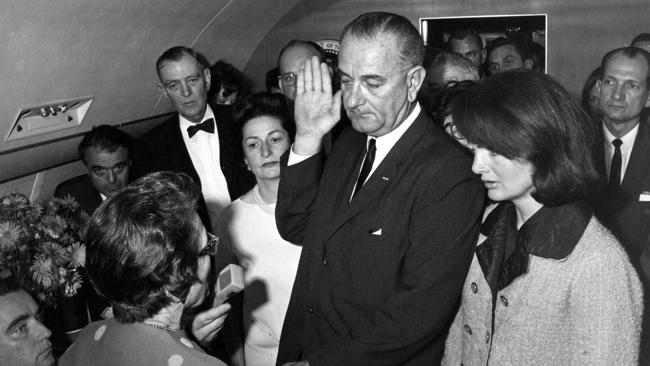
No one need be reminded of the date Lee Harvey Oswald shot and killed Kennedy, the only assassinated president to be a Democrat. The murder has sparked a thousand conspiracy theories, which were fed by the shoddy investigations that followed.
Oswald shot police officer J.D. Tippit 45 minutes after killing Kennedy. Two days after the assassination, Oswald was shot dead by nightclub owner Jack Ruby.
Kennedy, his killer and Tippit were all buried on Monday, November 25, 1963, and the president’s death remains an open wound for Americans.
In all, six US presidents have been shot while in office.
Theodore Roosevelt was shot in 1912 but the folded sheets of the speech he was to give along with his glasses in his top coat pocket slowed the bullet, which pierced his skin. He called on police to save the life of his attacker and then, coughing blood, delivered his speech as planned.
In 1981, Ronald Reagan was targeted in Washington by John Hinckley Jr, who believed killing Reagan would impress actor Jodie Foster. The bullet grazed Reagan’s limo but entered his body, the president only realising when he too coughed up blood.
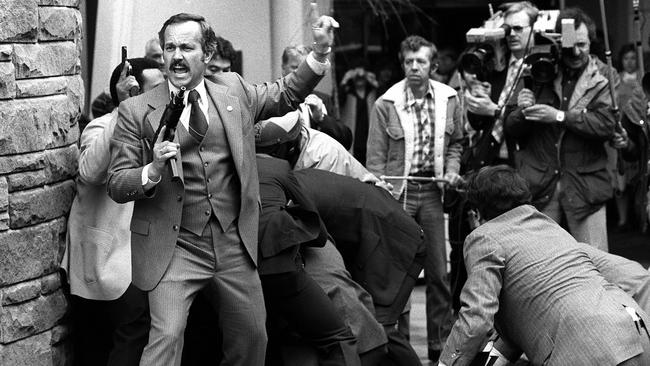
Less fortunate was JFK’s brother, senator Robert Kennedy, who was shot by angry Palestinian Sirhan Sirhan on the first anniversary of the 1967 Six-Day War between Israel and its Arab neighbours. He remains in jail.
Civil rights hero Martin Luther King had been assassinated weeks before by escapee James Earl Ray the morning after he delivered the legendary speech in which he stated: “I’ve been to the mountain top … and I’ve seen the promised land. I may not get there with you.”



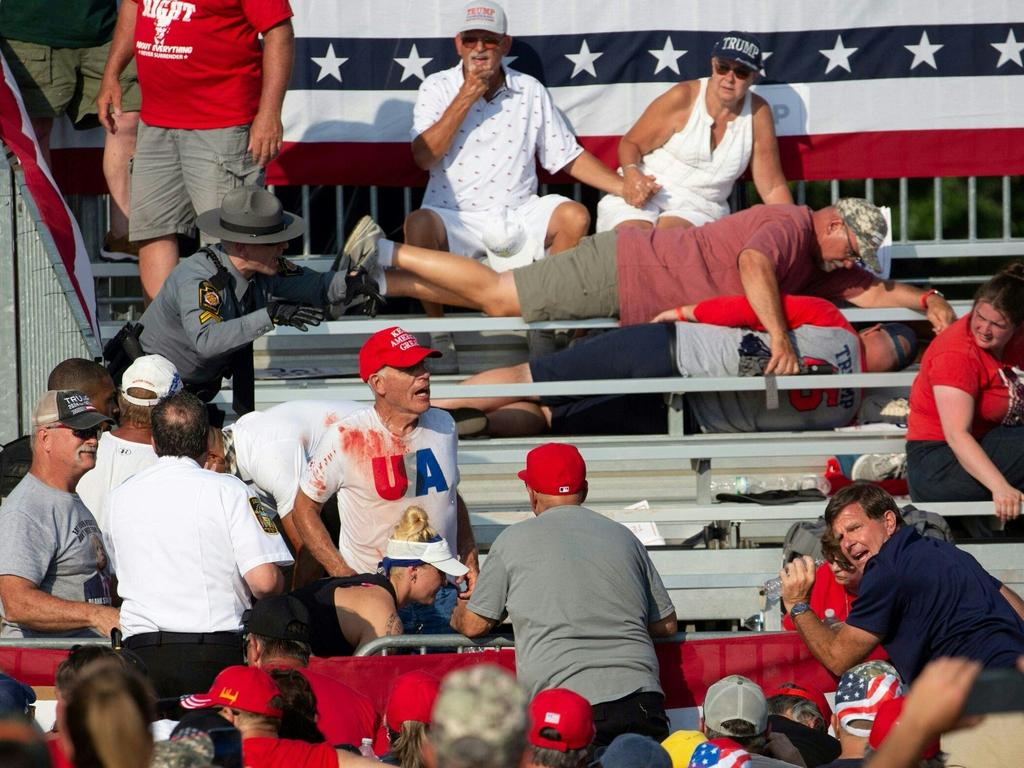


To join the conversation, please log in. Don't have an account? Register
Join the conversation, you are commenting as Logout